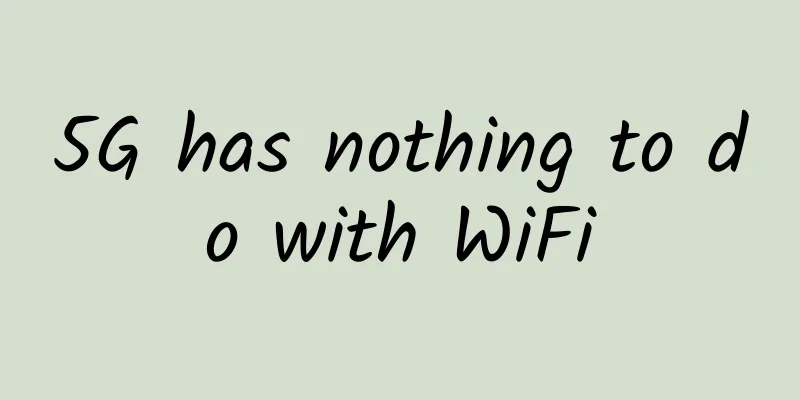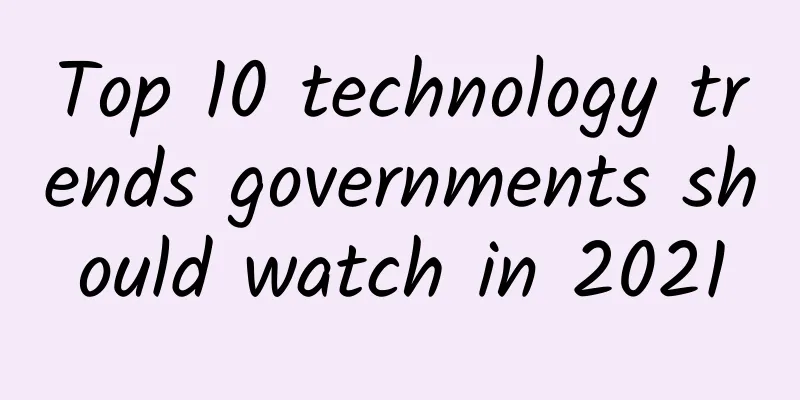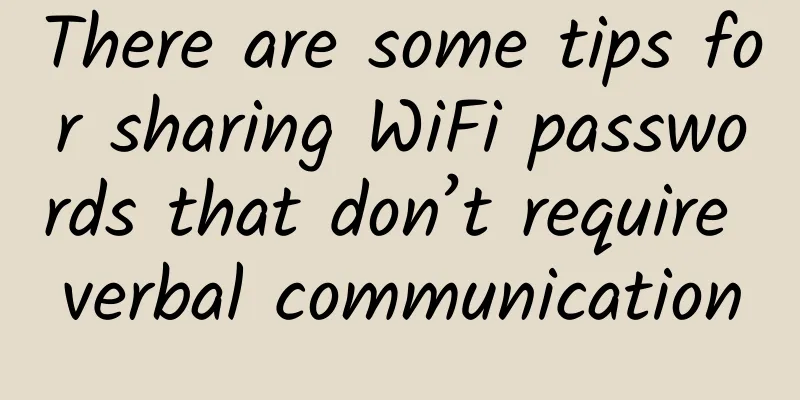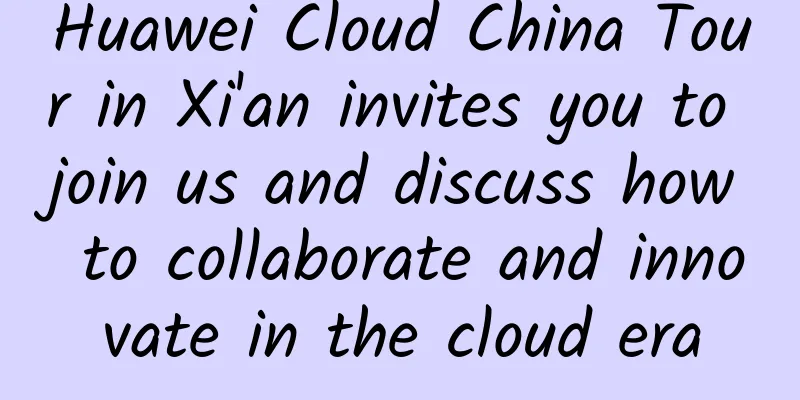5G has nothing to do with WiFi

|
A quick note: the Wi-Fi that all of our connected devices run every day has nothing to do with so-called “5G.” Even the new Wi-Fi standard (the yet-to-be-completed 802.11ax) has nothing to do with 5G. What you need to understand is that 5G, like LTE, is a mobile standard from 3GPP. Currently, there is only one standard for 5G, which was released in December last year as 5G NR (NSA). This standard has nothing to do with Wi-Fi at all, it is just an add-on component for existing 4G/LTE networks. In fact, Wi-Fi standards are not owned, controlled, or even influenced by 3GPP or any related part of the 5G community. Wi-Fi standards are created by the IEEE 802.11 task group, and Wi-Fi devices are certified by the Wi-Fi Alliance.
However, some organizations in the industry are deliberately confusing the two concepts in order to confuse the industry into thinking that Wi-Fi is part of 5G. They may do so for the following very obvious reasons: Wi-Fi is so successful that by tricking the industry into thinking that Wi-Fi is part of 5G, they are hijacking the success of Wi-Fi and attributing it to 5G. So far, 5G has not been successful and arguably not widely adopted. This circuitous approach is unacceptable. Classifying Wi-Fi under the title 5G is the first step, and in some parts of the mobile industry, the second step is to replace Wi-Fi (802.11) with unlicensed true 5G technology so that convergence can occur. Be wary of the word convergence, which usually means that Wi-Fi can only be replaced by a technology owned and operated by a large operator. The current Wi-Fi market includes indoor, high-density, and enterprise, which are the main targets of future 5G services. By incorporating Wi-Fi into 5G, it will become an established fact that 5G is trying to establish a market. How will the future develop? Will all wireless standards run under the 5G network standard? The answer is obviously no. |
<<: The architecture needs to be upgraded urgently as operators lay out their future networks
>>: 5G Network as a Service (NaaS): How 5G enables telecom operators to monetize their networks
Recommend
Security advantages and challenges of HTTP3 protocol
HTTP/3 is the third official version of the Hyper...
The three major operators announced measures to increase speed and reduce fees
Recently, the three major operators have actively...
Friendhosting adds a new data center in New Jersey, 30% off on all VDS on Tester's Day
Friendhosting sent the latest email, which inform...
What Every Developer Should Know About TCP
Why do you need to place servers geographically c...
80VPS: Hong Kong CN2 server monthly payment of 600 yuan, E5-26**V2/16GB/1TB or 600G*2/20M bandwidth, optional CN2 high defense
80VPS is a long-established Chinese hosting compa...
What is 5G network slicing?
In today's fast-paced, hyper-connected world,...
Message bus for communication between processes
[[381755]] 1. Inter-process communication (IPC) in...
Eurocloud's new San Jose high-defense VPS starts at 8 yuan per month, and Hong Kong CN2 starts at 15 yuan per month
The tribe shared information about Olu Cloud once...
What are the remaining obstacles to China's 5G?
With the news that Nokia and Ericsson won the bid...
CN2 GIA limited package replenishment for BandwagonHost $46.6/year, optional DC6/DC9/Japan SoftBank, etc.
Bandwagonhost has restocked its limited edition a...
The SD-WAN track has changed. When will the dragon trainer appear?
In an environment where cloud computing, mobile a...
HostKvm: 30% off Hong Kong VPS, 4.9/month KVM-1G memory/10G hard disk/50M bandwidth
HostKvm is a foreign VPS service provider founded...
An article to help you understand HTML5 MathML
[[347913]] HTML5 can use MathML elements in docum...
Wind River Launches New VxWorks Version to Build a Digital Foundation for the Internet of Everything
[51CTO.com original article] Have you ever experi...
Aruba: New working modes bring huge challenges that traditional network infrastructure cannot cope with
Recently, with the improvement of this round of e...









